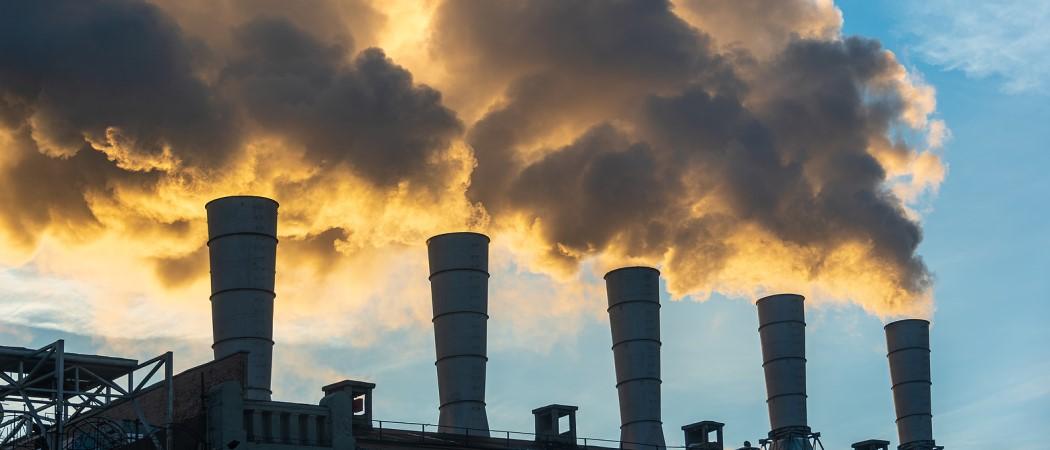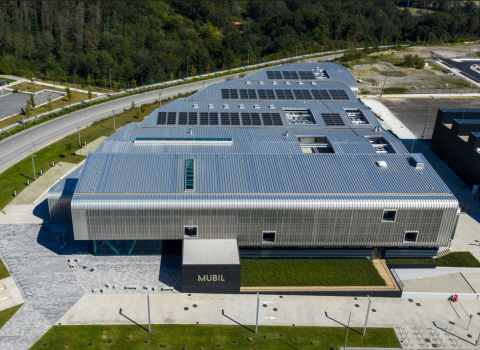Hydrogen power is critical in meeting climate targets. The European Parliament is calling for a coordinated investment strategy to deliver the green form of this energy source

Making the transition from grey hydrogen derived from natural gas, to a green hydrogen power source made using water and renewable energy, calls for adequate funding, an investment strategy, and more focus on smaller pilot projects, the European Parliament Industry, Research and Energy Committee heard on Tuesday.
“We need research along the whole chain for creating value from pure hydrogen and for the production of hydrogen,” said Iskra Mihaylova, Renew group MEP. Huge investments will be needed for this, putting pressure on European funding programmes, including Horizon Europe and structural funds.
According to commission estimates, bringing green hydrogen into widespread use will cost between €180 - €470 billion, a sum beyond EU budgets. That is why parliament is asking the commission to develop a coordinated investment strategy in its draft report on hydrogen.
To help the public sector carry the burden of funding, private investment is needed, Mihaylova said.
Ramping up the industry is also key, said Angelika Niebler, the centre right shadow rapporteur for hydrogen. As things stand, Europe does not have a hydrogen market. “We have to really go from zero to 100,” she said.
The EU tools for sparking hydrogen innovation are the new public private partnership, Clean Hydrogen and the stakeholder forum, the Clean Hydrogen Alliance. They will play a key role in developing technologies for the pan-European roll out of green hydrogen, said Horizon Europe rapporteur Dan Nica. “We should make sure they are given the necessary resources so that we can arrive at a commercially viable network,” he said.
Green hydrogen is at the centre of Europe‘s new energy strategy. The commission hopes that between now and 2024, six GW of electrolysers will be installed, to split water into hydrogen and oxygen, using electricity from renewable sources. By 2030, the EU should have 40GW of renewable energy-powered electrolysers installed, producing ten million tonnes of the gas, says the commission‘s hydrogen strategy published in July.
Research is at the heart of the strategy. A wider roll out of clean hydrogen requires better and cheaper technologies that will be, “our ticket to a leadership position in the sector,” Paula Abreu Marques from DG Energy in the commission told MEPs.
The European Parliament’s report was drafted by rapporteur Geier Jens, who said Europe needs to put a regulatory framework in place to incentivise the market. “We need a marketing legislation as soon as possible. We need to create business cases and certainty for investors. We need to set carbon content standards, descriptions of origin and look at the role of network operators,” said Geier.
However, Maria da Graça Carvalho MEP, said the EU must not rush and only fund large demonstration projects, but should also support smaller pilot projects, which could help develop simpler and more affordable hydrogen technologies.
Grey vs green
The ultimate goal is to roll out green hydrogen produced by electrolysing water. But given hydrogen currently on the market is mostly derived from natural gas, many argue that should also be ramped up, to support the creation of a hydrogen market and associated infrastructure, including adapting vehicles, heating equipment and industrial processes to use hydrogen as a power source, and installing pipelines to deliver it, making it easier to introduce green hydrogen once it is commercially viable.
Geier’s report supports gas-derived grey hydrogen for the transition period, because the green version cannot be supplied in large enough quantities just now.
Clean hydrogen is “an end objective,” said Niebler. But, for now, low-carbon hydrogen, produced when the CO2 released in grey hydrogen production is captured and stored, should suffice. “We have to give that a chance on the way to green hydrogen. Natural gas-derived hydrogen will have to be used as a bridging technology.” Her centre right group, EPP, supports this approach, she said.
Bart Groothuis from the Renew group also supports natural gas-derived hydrogen as a stepping stone to increasing the production and demand for hydrogen. This way, once clean hydrogen is cheap, there will already be an infrastructure for it. “Reaching our 2030 target requires not just coming up with the best or perfect solutions, but also looking at good options,” he said.
Some MEPs disagreed, saying while there is not enough green hydrogen now, it is the only sustainable answer. The EU should “redouble” its efforts to increase renewable energy production and install electrolysers, said Damien Carême, Green party MEP. Clean hydrogen should be prioritised from the start, the Greens believe.
Social Democrat Nicolás González Casares said not all investments in natural gas-based hydrogen will support its clean alternative. “We need to promote green hydrogen first and foremost. We need a careful plan without blockages. We don’t want to invest in infrastructure, which we won’t need in 20 years’ time, and that will stand in the way of what we really do need,” he said.





 A unique international forum for public research organisations and companies to connect their external engagement with strategic interests around their R&D system.
A unique international forum for public research organisations and companies to connect their external engagement with strategic interests around their R&D system.